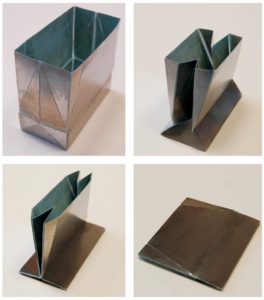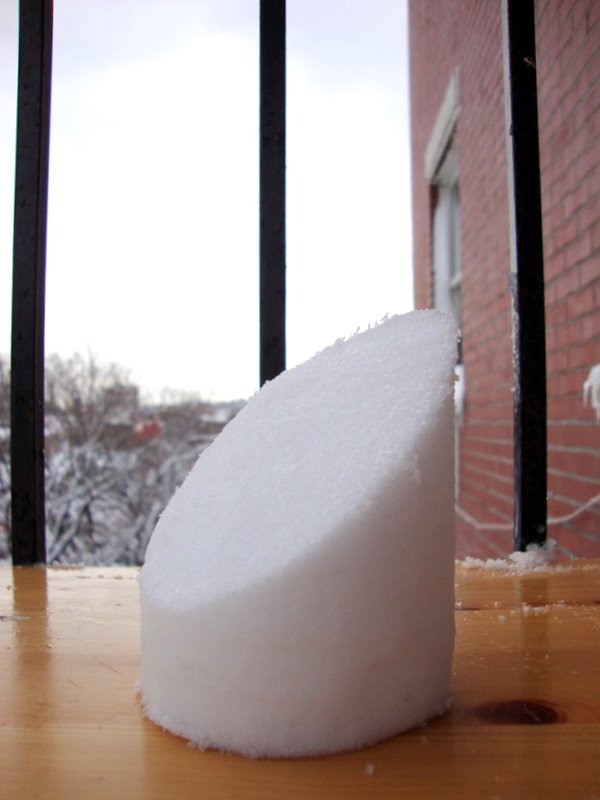 Not only is this visualization of generalized Mobius transformations mesmerizing and beautiful, it is the clearest demonstration of inversion that I have ever seen:
Not only is this visualization of generalized Mobius transformations mesmerizing and beautiful, it is the clearest demonstration of inversion that I have ever seen:
http://www.youtube.com/watch?v=JX3VmDgiFnY
This short movie visually explains all the basic transformations of the plane: translation, rotation, dilation, and inversion. Then it demonstrates how all of these transformations of the plane can really be thought of as simple translations and rotations of the sphere!
If I had seen this video a few decades ago, I might not have given up on topology as quickly as I did.



